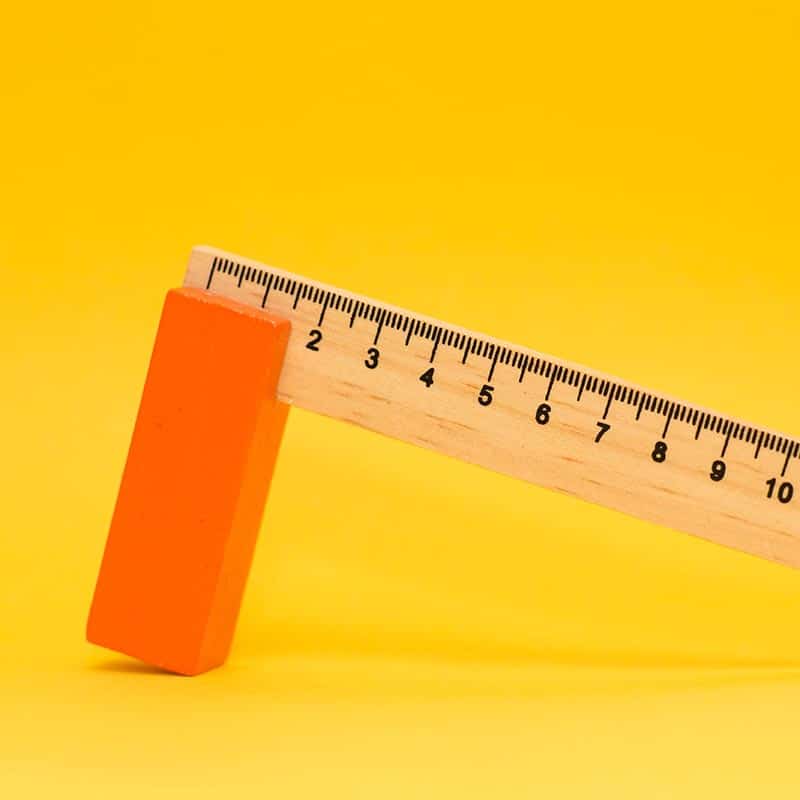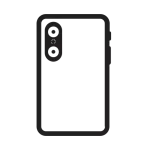How to Make Sure Your New Android and iPhone Supplier Has a Grading Scale that Works For Your Business

Most Android and iPhone suppliers create their own scales and assess devices using that homegrown system. You understand how picky your customers can be when it comes to quality. The only way to serve them profitably is to purchase the right inventory. That means working with Android device or iPhone suppliers that are not only reliable but also have grading standards that are precise and understandable. Generic descriptions like “AB Mix” don’t tell you enough about a device’s condition. Overly complex grading scales can be confusing. The key is to find a supplier that keeps your business in mind when defining its grading scale.
When you’re searching for a new Android device or iPhone suppliers, here are some things to consider:
1. There’s No Standard Grading Scale
Grading systems for used smartphones and other devices are not regulated or standardized. Most Android device and iPhone suppliers create their own scales and assess devices using that homegrown system. What that means is that a grade can indicate one condition when used by one supplier and something quite different when used by another. Suppliers don’t even use the same number of grades. Some suppliers simply use A, B, and C, while others use five or more grades and use their own naming convention.
Tip: Make sure you carefully study the grading systems of each new supplier you’re considering.
2. Grading Scales Should Be Clear and Easy to Understand
Android device or iPhone suppliers use many types of grading scales. If you don’t understand a supplier’s grading scale after a quick read through, then that’s a problem. A good grading scale should have enough precision that you know exactly what you are getting. Watch out for suppliers that use vague terms like “A/B mix” that don’t give you clear information about a device’s condition.
Tip: Be sure you understand how a supplier grades their devices. When in doubt about a particular scale or grade, ask for clarification.
3. There’s a Human Element to Grading
Some larger Android device and iPhone suppliers use scales that do things like define the exact length in millimeters of the exact number of defects allowed on each of surface (screen, housing, corners, edges, outside glass, internal structure, etc.). While knowing about each and every defect before you buy sounds great in theory, overly precise, robotic grading systems are difficult to understand and don’t really align with the way that your customers think about your devices.
At the end of the day, grading needs to be a human task. It is subjective. When a customer looks at a phone or a tablet, they don’t count the number of marks and measure the size of every tiny scratch. They look at the device as a whole, and grading scales need to account for that in order to work.
Tip: Look for suppliers that phrase things in a way that an end consumer would understand
4. The Supplier’s Scale Should Mirror Your Business Needs
Think about your customers and your repair capabilities and find an Android or iPhone supplier with inventory that matches the grades you need.
If you don’t do any repairs whatsoever, then you need a supplier that stocks fully functional devices with no cracks and has a grading system that clearly indicates which devices fall into that grade. Margins are thin, so it is important to know the precise cosmetic condition of devices. For instance, you may be able to sell a phone in excellent condition for $30 more than one in “used” condition, which can be sold for $30 more than a phone with heavy wear.
If you do minor repairs and can fix things like front glass blemishes, then you can work with suppliers that handle inventory with minor defects. Make sure that your idea of a minor defect is the same as your supplier’s idea of a minor defect so you don’t end up with phones and tablets that need repairs beyond your capabilities. And if you’re a refurbisher? The sky is the limit, but if you’re looking for junk phones, it still pays to understand how suppliers grade their inventory.
Tip: You know best what your business requires. Find a supplier that can give you what you need.
5. Grading Should Be Reliable and Consistent
When you find a potential Android device or iPhone supplier, don’t let the fact that their grading scale is different from other suppliers limit your options. While grading may never be standardized in this industry, you can find suppliers that are consistent with their own standards. And when it comes to grading systems, you just need to know that the devices that will be delivered will match your expectations.
At LogicalWireless, we understand that inaccurate and inconsistent grading can damage your business. You can learn more about our easy to understand grading system here, and we’re always happy to answer questions about how we grade our inventory.
The takeaway is not only that different suppliers have different testing and grading standards, but also that there’s no one perfect grading system. What you should be looking for in a new Android device or iPhone supplier is a scale that is transparent, easy to understand, accurate, and above all, consistent. Whether they grade their inventory with As, Bs, and Cs or pristine, good, and functional, you just need to be sure that you’ll get the quality you’ve paid for when you order a specific grade of device.
Ready to start stocking up? Whether you are a retailer, distributor, or refurbisher, LogicalWireless can help you find the devices you need, when you need them.











